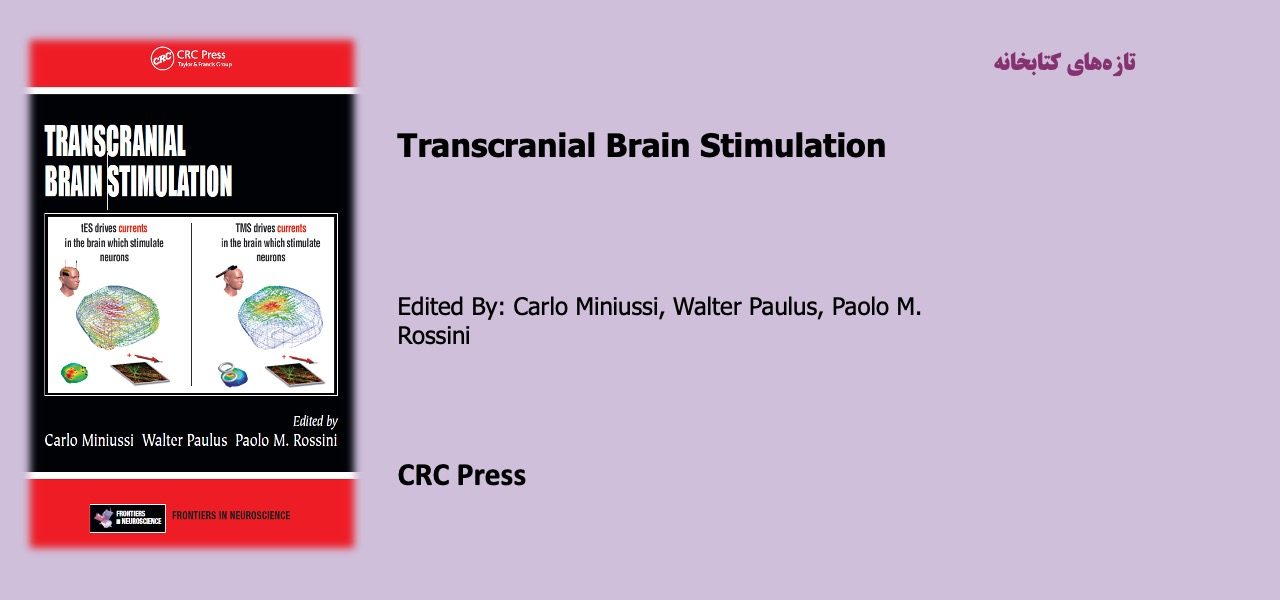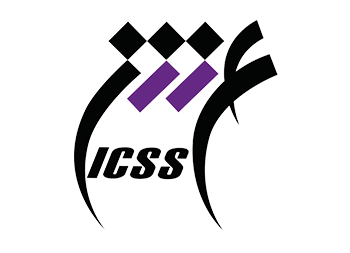Transcranial Brain Stimulation

Recent years have seen the emergence of exciting new techniques for the understanding of the human brain. An important contribution has come from the introduction of noninvasive brain stimulation (NIBS). NIBS techniques include transcranial magnetic stimulation (TMS) and transcranial electric stimulation (tES).
Since the discovery of TMS and tES, these techniques have been used to investigate the state of cortical excitability, the excitability of the corticocortical and corticospinal pathways, the role of a given brain region in a particular cognitive function, and the timing of its activity as well as the pathophysiology of various disorders.
TMS and tES are also relevant to clinical neuroscience as a means to improve plasticity and therefore deficits of several functions in individuals with neurological or psychiatric complaints. This book reviews recent advances made in the field of brain stimulation techniques. Moreover, NIBS techniques exert their effects on the neuronal state through different mechanisms at cellular and functional levels. These mechanisms are discussed and recent results are reported.
In this context, the principal goal of this book is to present new knowledge about these innovative approaches by presenting and discussing basic and applied research topics. It brings together leading international experts in the field and provides an authoritative review of the scientific and technical background required to understand transcranial stimulation techniques. The book offers an overview of basic principles, methodological aspects, and safety implications of transcranial brain stimulation. It also gives practical suggestions and reports the results of numerous TMS and tES studies on biological and behavioral effects. The future of TMS and tES as a multimodal brain imaging approach is discussed. The book also presents a wide range of possible brain stimulation applications and discusses what new information can be gained on the dynamics of brain functions, hierarchical organization, and effective connectivity by using this technique. Implications of recent findings related to therapeutic application are also discussed, presenting what the new hopes for patients and clinicians are.
Finally, the book gives an overview of how NIBS can make a substantial impact on many areas of clinical and basic neuroscience, becoming a fundamental tool in the armamentarium of a neuroscientist.
The development of NIBS techniques to study the central nervous system and also to induce neuroplasticity constitutes a significant breakthrough in our understanding of the brain at work.
مطالب مرتبط

آموزش مقدماتی کارکردهای اجرایی
۱ / خرداد / ۱۴۰۳

دستنامه عصبشناسی زبان آکسفورد
۱ / خرداد / ۱۴۰۳

روشها و ابزارهای نوین در مطالعات زبانی
۱ / خرداد / ۱۴۰۳

